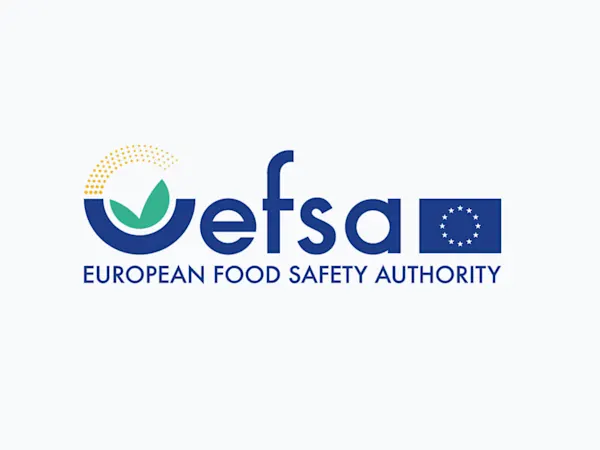
ChemSec Adds Neurotoxicants to SIN List in Landmark Step for EU Chemicals Regulation
ChemSec updates the SIN List with neurotoxicants, spotlighting brain-damaging chemicals and urging EU regulators to act swiftly on these hidden threats.


The Environment Agency has issued comprehensive guidance on the identification, classification, and management of waste lead acid batteries that may contain persistent organic pollutants (POPs). The newly published guidelines are specifically designed to address the safe disposal and recycling of automotive, industrial, and portable lead acid batteries, focusing on the potential presence of hazardous materials in the plastic casings of these batteries.
According to the guidance, the plastic cases of lead acid batteries may contain POPs, particularly if the casing is made from acrylonitrile butadiene styrene (ABS) or other non-polypropylene plastics. To determine if a battery contains POPs, the guidance suggests checking the type of plastic used and scanning for the presence of bromine, a common indicator of brominated flame retardants, which include POPs.
While the use of X-ray fluorescence (XRF) technology is recommended for accurate detection, it is not mandatory. However, those who opt to use XRF must be properly trained and may need to adjust their permits and management systems accordingly.
The new regulations mandate that any lead acid battery identified as containing POPs be classified as hazardous waste. Specific waste codes have been assigned depending on whether the battery is from household or industrial sources. For instance, both automotive and portable lead acid batteries containing POPs are classified under the hazardous waste code "16 06 01*".
Once identified, these hazardous materials must be disposed of in a manner that ensures the destruction of POPs. Acceptable disposal methods include incineration at authorized facilities or processing at metal smelters capable of destroying POPs. The guidance explicitly prohibits other waste recovery and disposal methods, such as landfill or recycling, for these materials unless specific exceptions apply.
For facilities involved in the treatment, recycling, or export of lead acid batteries containing POPs, the guidance outlines stringent requirements. Export of such waste is heavily regulated, with restrictions on destinations and permitted treatment processes. Only OECD countries within the EU or EFTA are eligible to receive these wastes for destruction under specific conditions.
Operators of lead smelters, which are permitted to destroy POPs, must comply with emission standards and demonstrate the reliable destruction of these pollutants. Applications for approval as a facility to treat or export waste batteries must clearly outline the fate of the POPs-containing plastic.
The Environment Agency's new guidance is part of broader efforts to manage hazardous waste more effectively and reduce the environmental impact of persistent organic pollutants. Businesses handling lead acid batteries are now required to implement stricter controls to ensure compliance with the latest standards, contributing to safer waste management practices across the country.
For further details, businesses and waste management operators are encouraged to consult the full guidance available on the Environment Agency’s website or contact the agency directly for more specific inquiries.
Foresight continuously tracks 1000s of sources and maps updates to your portfolio:




ChemSec updates the SIN List with neurotoxicants, spotlighting brain-damaging chemicals and urging EU regulators to act swiftly on these hidden threats.

EFSA launches consultation on updating its Weight of Evidence and Biological Relevance guidance, aiming to streamline chemical risk assessment practices.

OECD’s new chemical data sharing guide promotes fair access, transparency, and regulatory alignment—helping companies reduce duplication and meet compliance obligations globally.
Subscribe to Foresight Weekly and get the latest insights on regulatory changes affecting chemical compliance.
Free forever. Unsubscribe anytime.
Read by professionals at